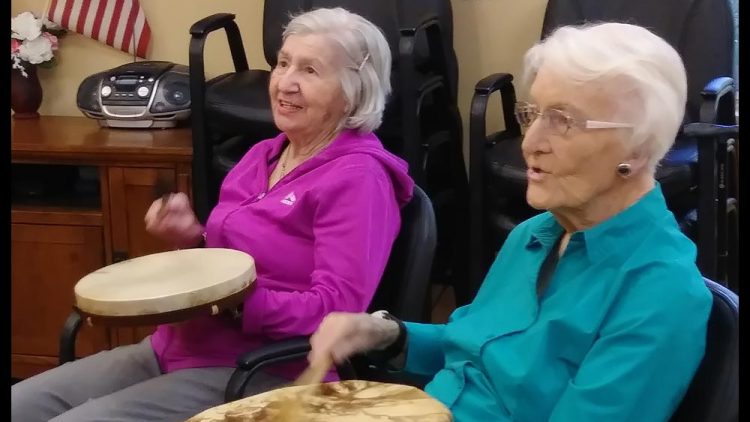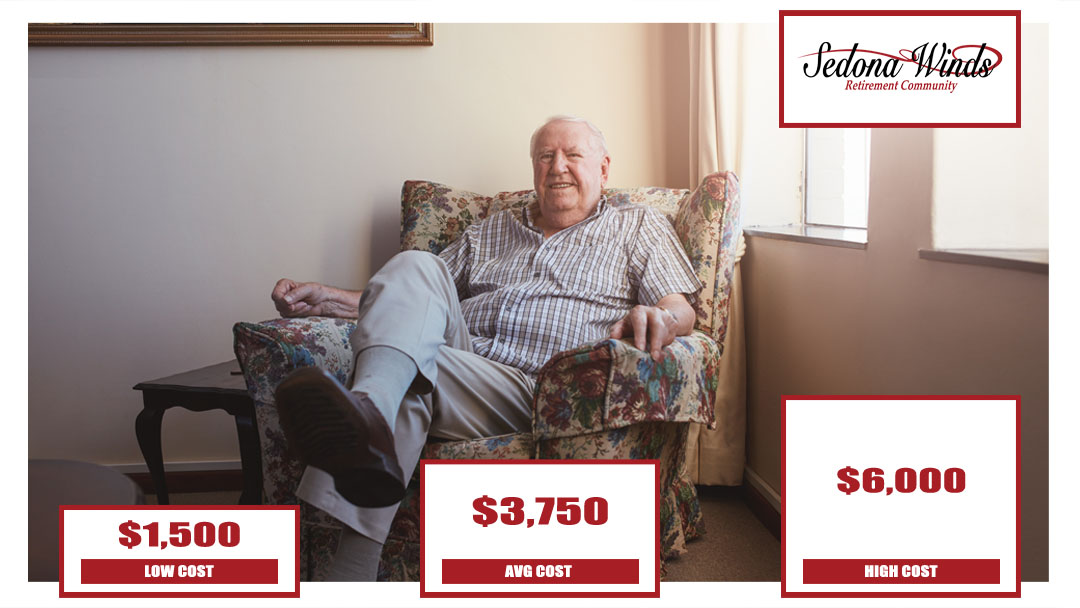Do People Ever Come Out of Hospice?
It is natural people associate hospice it means the final stage of life. The greater point of hospice care is of course it is for patients who are likely to pass away soon and have chose comfort over any other treatment. But the situation can often be more nuanced. A few transition out of hospice care when there health and/or medical situation changes. Read on to learn more.
What Hospice Means
The basis of hospice is that it is care trying to offer the best quality of life, dignity, symptom management, the relief of pain, developing comfort, spiritual, emotional and familial support while respecting the autonomy, choice and goals of the patient. Usually when a person has a terminal diagnosis they have only a few months to live, but that does not mean it is always an inevitable outcome.
When Exiting Hospice Is Possible
Improvement and/or Stabilization: Unexpectedly, a person condition may improve and their symptoms may become more manageable especially if underlying conditions subside or respond well to treatment. Sometimes they regain strength.
Changes In Care Goals: Families or their patients sometimes decide they want to try more aggressive lines of treatment – this may mean hospice care is discontinued.
Hospital Discharge Criteria: Often hospices perform a periodic reevaluation. For example if the period of life expectancy is set to go beyond the threshold the hospice has and the patient may be discharged from the hospice to regular medical treatment.
Administrative or Legal Reasons: Occasionally there may be an administrative reason for the discharge of a patient. A change in insurance or the relocation of patients. However ethical programs will want and operate a smooth transition.
When Happens When You Exit Hospice
Exiting hospice means returning to more conventional medical care, which may involve:
-
Reinstating or starting curative or life-prolonging treatments
-
Regular hospital or outpatient care
-
Continued symptom management but with a different focus
-
Potential re-entry into hospice later, if circumstances warrant
Transitioning out of hospice is delicate. It may bring hope, but also uncertainty, emotional strain, and the need for new care coordination.
So Does This Really Happen?
It is not common and has to be stated most people who enter hospice are not likely to leave the hospice alive but there can be exceptions. Data on this is limited but it’s known among palliative care professionals as a standard part of care pathways: the possibility of “revoking” or “changing direction” is built into hospice protocols.
Why Is It Important?
Hope and Dignity: Knowing hospice is not always the final destination can give comfort.
Flexibility: The goal of hospice is to meet needs. Remember care is supposed to adapt with the needs of the patient.
Respecting Patient Autonomy: There should always be a right for a patient to reassess their goals and if they choose to change their goals.
Continuity and Planning: Remember even if someone chooses to or is sent from from hospice much of the infrastructure that is essential for their support is still available.
Sedona Winds Retirement Offers Independent Living In Sedona
Sedona Winds Retirement Community offers independent living, memory care, and assisted living in Sedona, Arizona. Call us today at (928) 496-6547 and learn more about our facility and what we have to offer today’s seniors.
More Articles About Assisted Living
- Funny Christmas Quotes For Seniors
- Best Things To Do In Sedona For Seniors
- Tips On How To Save For Retirement Without A 401k
- Physical Games For Seniors
- Retiring in Arizona Pros and Cons
- Best Places To Retire In Arizona 2020 | Retirement Communities
- Benefits of Independent Living
- Inspirational Retirement Quotes
- What Is Dementia?
- Memory Care Checklist: What To Ask & Look For
- What is Memory Care? | Questions to ask the Facility
- Senior Living Sedona
- Moving A Parent With Dementia into Assisted Living
- Common Senior Health Issues
- Benefits Of Assisted Living
- How Much Does Assisted Living Cost In Sedona Arizona?
- Assisted Living Checklist: What To Ask & What To Look For
- Biggest Reasons To Retire In Arizona
- Assisted Living Camp Verde
- Find Memory Care Facilities In Arizona
- Things to Do in Sedona for Retirees
- Quotes & Sayings For Retirement Cards – 110 Quotes – Continued
- Why Retire In Sedona Arizona?
- Why Do People Retire? Answered



